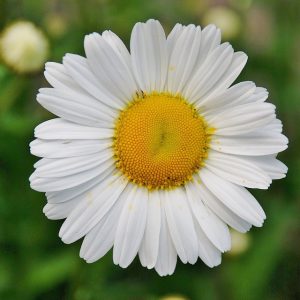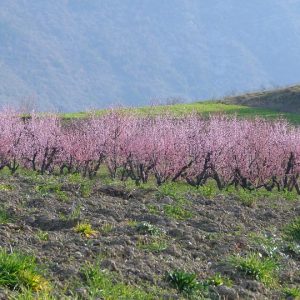Study at Home Grounds Management Course
Change your career – specialist training in the field of horticulture and grounds management.

- An excellent course to start a career in horticulture.
- Specialised training for the horticulture industry.
- Graduates of this course have been very successful in finding employment and starting their own businesses in horticulture.
- Highly experienced and qualified tutors.
- Study in your own time at your own pace.
- This is an excellent start to a career in horticulture. It provides specialised training for employment in the horticultural industry, and at a level which other certificates often do not always attain in today’s world.
Change your career! Specialist training in the field of horticulture and grounds management.
There are two parts to this certificate:
A. CORE UNITS – to develop broad general skills in horticultural practices, and plant knowledge. All students undertaking this certificate will complete these units. The core units comprise approximately 50% of the course content. The core units consist of the following lessons:
- Introduction To Plants
- Parts of the Plant
- Plant Culture – Planting
- Plant Culture – Pruning
- Plant Culture – Irrigation and Machinery
- Soils and Media
- Soils and Nutrition
- Seeds and Cuttings
- Other Techniques
- ID and Use of Plants – Landscape Application
- ID and Use of Plants – Problems
- ID and Use of Plants – Indoor/tropical plants
- Pests
- Diseases
- Weeds
B. STREAM UNITS (GROUNDS MANAGEMENT)
Through these specialised stream studies, the student will attempt to achieve the following objectives:
- Design a plant assessment sheet to be used in the field to record information about plant health problems.
- Diagnose nutrient, pest, disease and environmental problems of plants.
- Dissect, draw and label a range of pest/disease problems.
- Explain ten alternative weed control methods including chemical and non chemical treatments.
- Collect, press, label and mount a weed collection and a pest/disease collection.
- Explain aeration, spiking, coring, de-thatching and topdressing.
- Describe selective weed control in turf.
- Select turf species suitable for a range of different situations (eg: for shade, wet and windy sites).
- Describe the steps in preparing an area for turf.
- Demonstrate the ability to prepare for, and sow a new lawn.
- Explain how to establish turf on a steep slope.
- Prepare labelled sketches of three gardens created using different growing methods.
- Review and select plants suitable for use in each situation.
- Describe the importance of trees to humans.
- Describe the correct procedures for the proper and safe removal of a limb from a tree.
- Describe simply the processes of photosynthesis, respiration & transpiration.
- List the environmental factors which affect photosynthesis, respiration and transpiration.
- Explain compartmentalisation, and its effect on the spread of diseases in trees.
- Develop contact with local people involved in garden maintenance.
- Describe maintenance procedures for a variety of different ornamental garden situations.
- Explain soil (seedbed) preparation treatments for a range of soil types.
- Explain soil degradation problems in terms of soil chemistry and structure, and how to deal with them.
- Explain different ways of preparing virgin or farmland soil for tree planting.
- Explain different ways of treating a soil using soil ameliorants.
- Collect samples of or literature describing products which can be used to assist with the improvement of soils.
- Explain situations where cultivation can be used to improve a soil.
- Explain a situation where cultivation can be detrimental to a soil.
- Classify different soils using simple hand feel tests.
- Explain pH and conductivity (EC) and their affect on plant growth.
- List the comparative advantages and disadvantages of different types of irrigation systems.
- Explain the operation of different sprinkler heads, different micro-jets and different drippers.
- Explain the way water moves through soil and the mechanisms which affect the soils water holding capacity.
- Select an appropriate irrigation system for a selected garden, and explain the reasons why it is preferred.
- Explain the operation of a timer used in irrigation systems.
- Design a micro-irrigation system.
Minimum Duration: 700 hours





